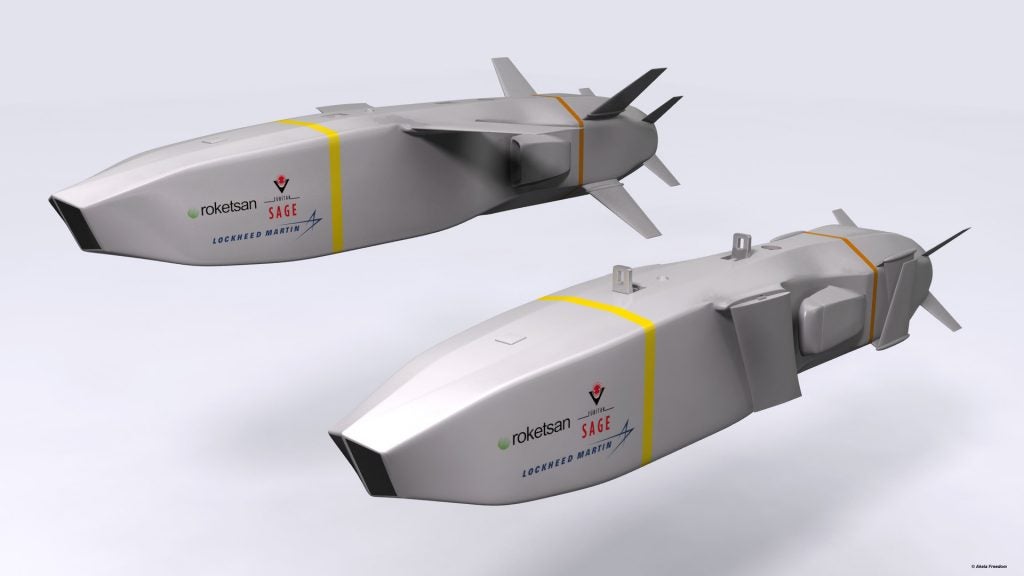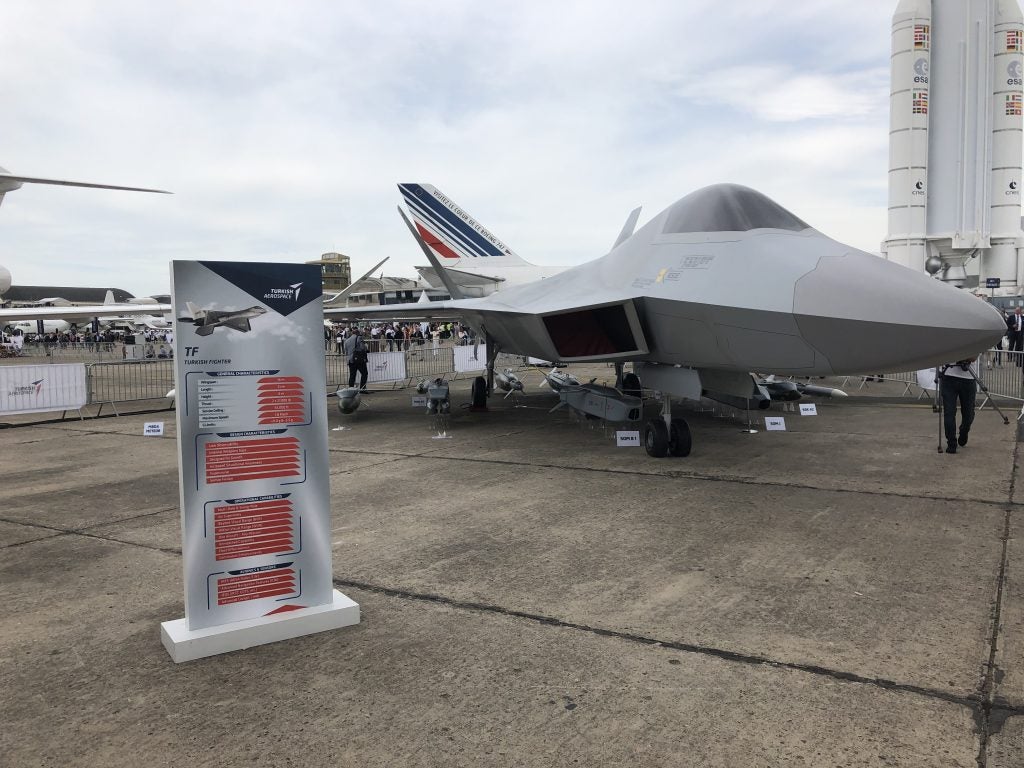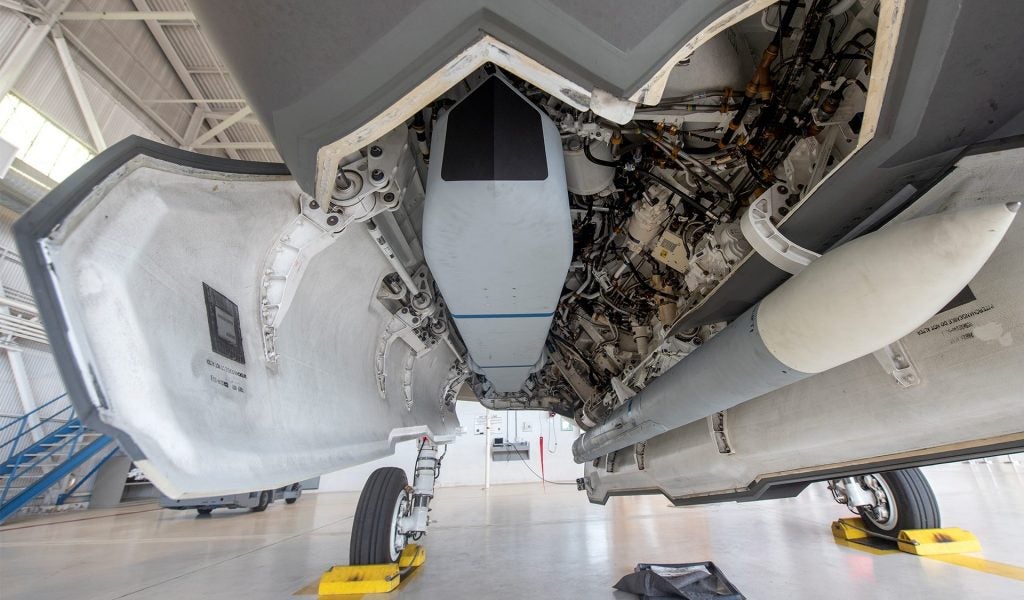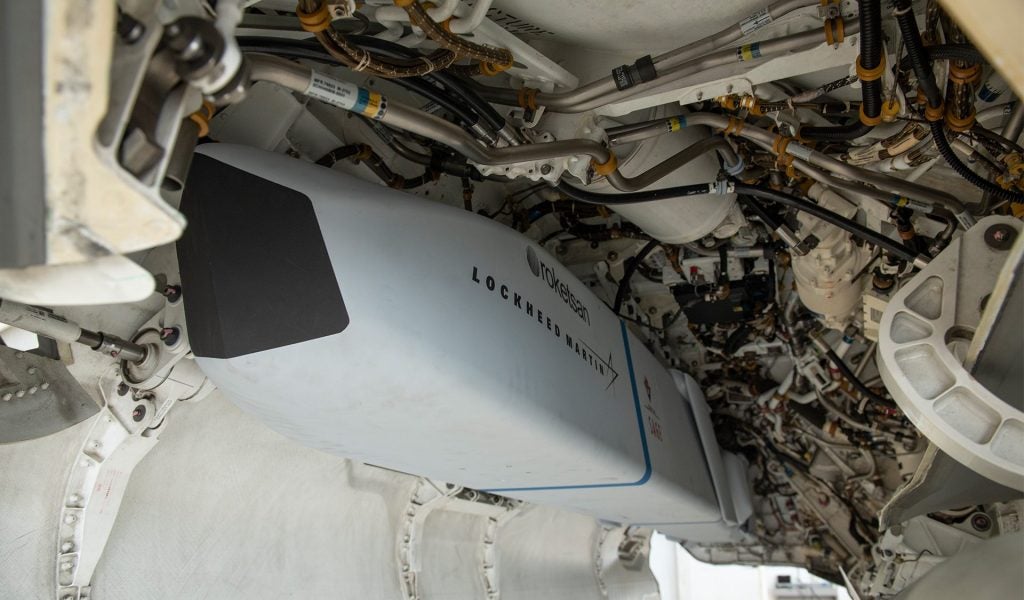US-Turkish Cruise Missile SOM-J May be a Victim of F-35 No-sale Fallout
Back in 2015 Roketsan, Turkey’s premier producer of air-launched weapons signed a deal with Lockheed Martin to co-develop a variant of the former’s SOM cruise missile. This variant, SOM-J, would be designed specifically to fit in the confining weapon bays of the F-35 which was going to enter Turkish service in the following decade. However, with the delivery of Russian S-400 systems and Turkey’s subsequent ejection from the F-35 program in July, SOM-Js future is in doubt.
A test launch has not yet been conducted and continued cooperation is unlikely unless Lockheed Martin can avoid sanctions. There remains an export potential for SOM-J as it’s one of only two cruise missiles that will fit into the F-35’s bays. The other is Raytheon/Kongsberg’s Joint Strike Missile (JSM), itself derived from the very successful Naval Strike Missile (NSM) which the USMC and USN have both adopted.

Turkish officials have stated that even though they are out of the F-35 program they can still market SOM-J to other F-35 users. They also stated the missile will be deployed by the locally developed 5th gen fighter, TF-X. At the Paris Air Show TF-X was shown with a model of SOM-J as well as it’s larger brother SOM-B. Whether the aircraft will be able to store SOM-J internally is unknown. In contrast to F-35, TF-X seems to have begun life with a greater focus on air superiority over strike missions. The layout of TF-X appears more inspired by F-22 than F-35, notably being twin-engined and lacking an EOTS turret under the nose (at least on the model). F-22’s weapon bays aren’t optimized for larger ordnance and are incapable of stowing SOM-J or JSM.

Not being able to perform the same mission as F-35 is one problem, but the more pressing issue is availability. Turkey still operates upgraded F-4Es which they are intent on retiring in the 2020s along with the older portion of their F-16 fleet. F-35 was to replace them but now Turkey must find another solution. TF-X can’t help this as it’s not expected to reach serial production until the late 2020s at best though engine development could push this into the early 2030s. Russia has offered Su-35s to Turkey though this is hardly an ideal solution as Su-35 is incompatible with weapon systems in inventory and would require procurement of a weapon set strictly for use on Su-35. Eurofighter Typhoon has been offered and makes more sense given BAE’s involvement in TF-X. The TF-X model at the Paris Air Show was shown with an MBDA Meteor missile, which is already equipping RAF Typhoons. Perhaps a stopgap solution would be to lease Typhoons until TF-X gets off the ground. The move isn’t unprecedented, Italy leased ex-USAF F-16s from 2001 to 2012 until Typhoon finally arrived in numbers.


